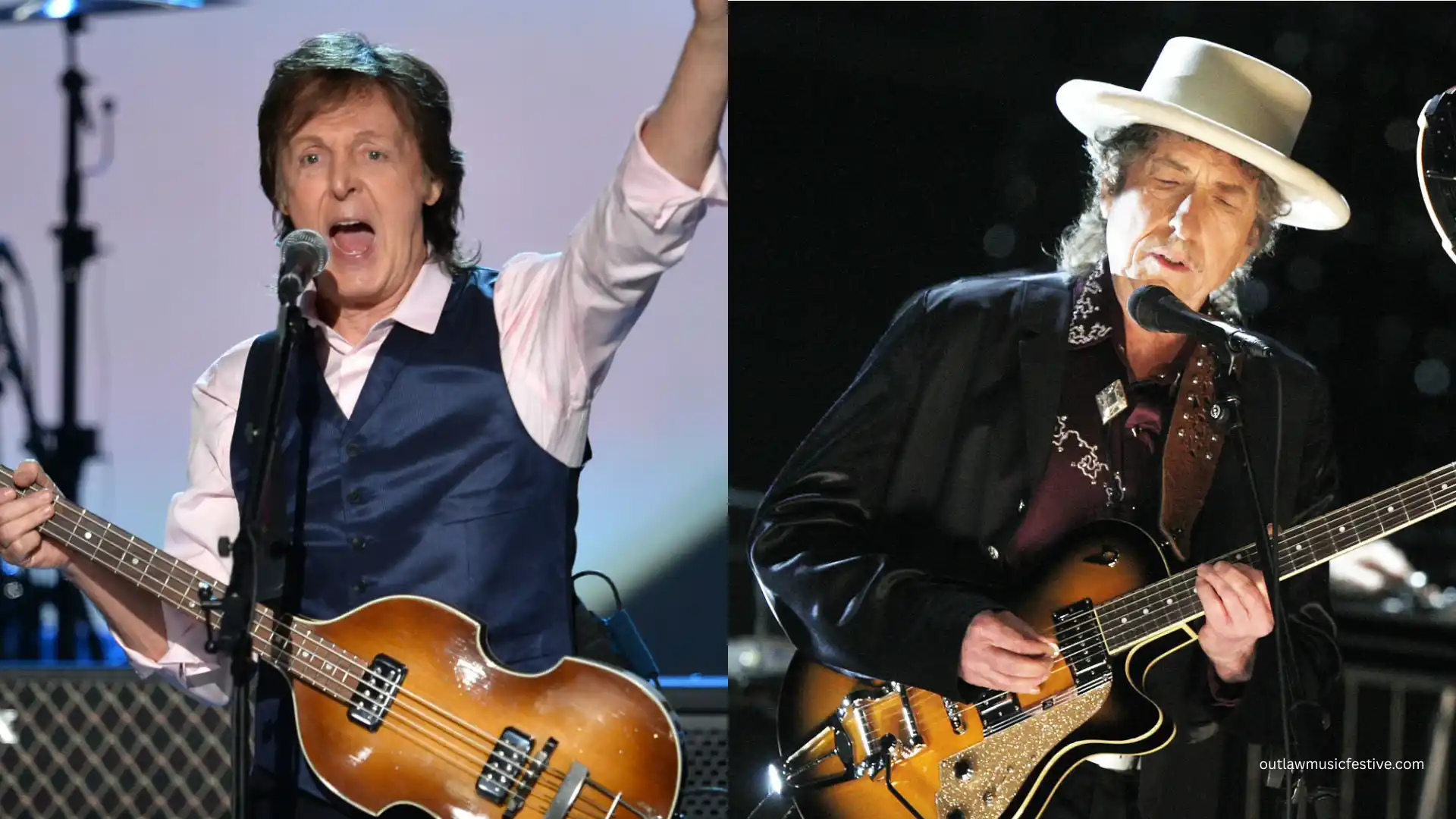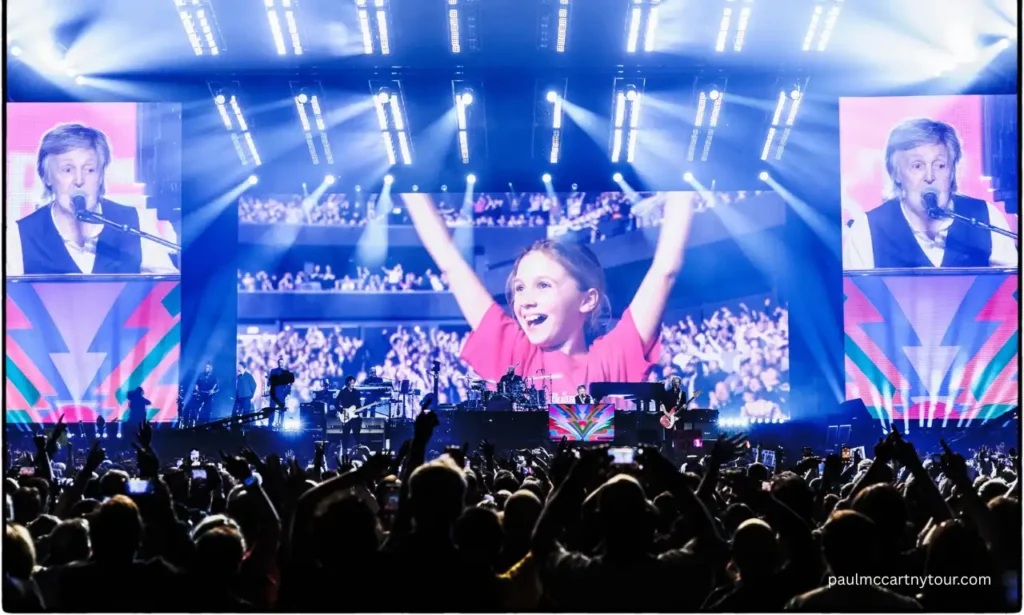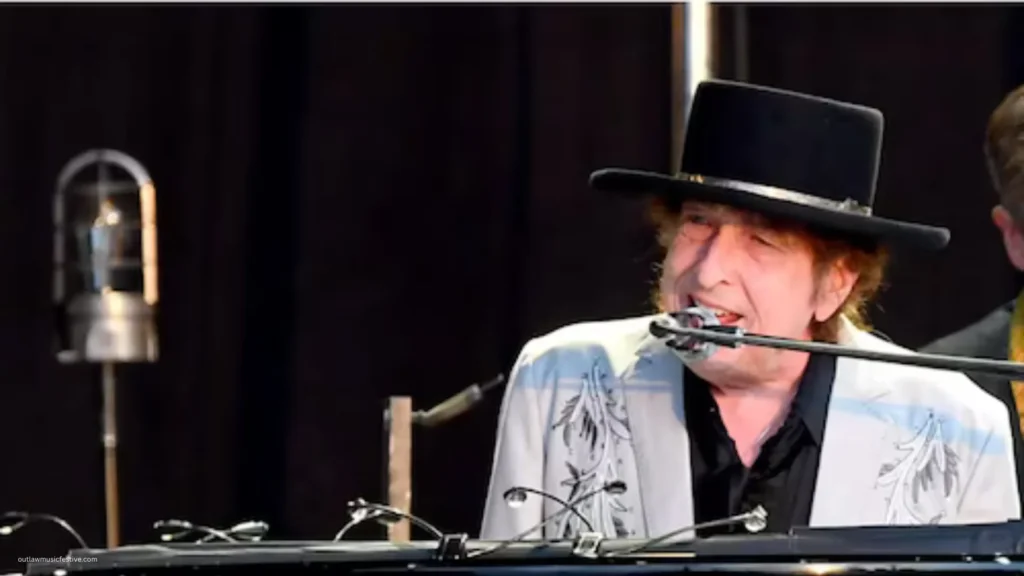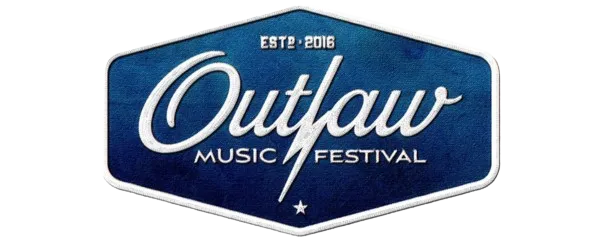Bob Dylan to McCartney: How Electric Courage Shaped Live Music

If you love the Outlaw Music Festival, you already know the kind of artists we champion—musicians who follow the song wherever it wants to go. That is the thread that runs from Bob Dylan’s jump to electric in the mid-’60s to Paul McCartney’s arena-sized shows in 2025.
For fans planning Paul McCartney Tour upcoming dates, city guides, and safe ticket links, this independent resource keeps everything in one place.

Why “Going Electric” Still Matters
In 1965, Dylan walked onstage with an electric guitar and a loud band and changed the rules. Some fans booed. Others cheered. But live music moved forward. The next year in Manchester, a heckler yelled “Judas!” and Dylan shot back to his group, “Play it loud.” That moment—shock, resolve, then music—feels like the first spark of the outlaw attitude many of us celebrate today.
Dylan proved a simple idea: artists are allowed to grow. When a song demands a new sound, you turn the amp up and trust your gut.
McCartney’s Take: “The Outrage Was… Crap”
Paul McCartney saw Dylan perform acoustically at London’s Royal Albert Hall in 1965 and loved it. When people later attacked Dylan for going electric, Paul didn’t mince words—he said the backlash was “crap.” The point, for Paul, was the quality of the songs and the courage to deliver them in a new way.

That reaction tells you a lot about McCartney’s own approach onstage. He respects tradition, but he isn’t trapped by it.
Beatles x Dylan: A Quiet Meeting, A Loud Legacy
After that 1965 show, Dylan and members of The Beatles met and talked. You can feel the cross-current from there: Dylan’s language pushed popular music toward bolder stories; The Beatles expanded the studio palette and the stage show. It wasn’t a rivalry. It was a relay—pass the torch, write the next chapter.
Why This Story Belongs at Outlaw
Outlaw Music Festival thrives on risk and range. One set might be a whisper; the next might rattle the seats. That’s the lesson of Dylan’s pivot and the reason his name still shows up on Outlaw bills. It’s also why McCartney’s 2025 concerts fit the same spirit: stretch the catalog, keep the band tight, and let the show breathe.
Paul McCartney in 2025: Evolution at Stadium Scale
Paul’s current run is built like a great road movie. The set opens with punch, dips into an acoustic middle, and roars to a finale. You’ll hear Beatles classics (“Blackbird,” “Let It Be,” “Hey Jude”), Wings anthems (“Band on the Run,” “Jet,” “Let Me Roll It”), and solo highlights (“Maybe I’m Amazed,” “My Valentine”). Three hours pass quickly because the dynamics keep shifting—intimate story, then full-band lift-off.
The band has logged decades together:
- Rusty Anderson – lead guitar
- Brian Ray – bass & guitars
- Abe Laboriel Jr. – drums
- Paul “Wix” Wickens – keyboards & musical director
- Hot City Horns – a three-piece brass unit that turns “Got to Get You Into My Life” and “Jet” into stadium-wide sing-alongs
Fans who watched Paul headline Coachella (2009) or perform at Desert Trip (2016) know the mix: world-class sound, big screens, carefully paced storytelling, and the sense that the entire crowd is part of the band by the time “Hey Jude” lands.
Dylan on the Road: From Controversy to Canon
Dylan’s electric step wasn’t a stunt; it was a road plan. He took it from festival to theater to the world, and the shows became part of the canon: Newport ’65 for the shock, Manchester ’66 for the defiance, and an endless tour that made reinvention normal. The lesson to young players is durable—if the song changes, change with it.

Two Artists, One Through-Line
- Risk: Dylan risked the boos; McCartney risks the comfort of nostalgia by reshaping the set every tour.
- Range: Dylan can turn a lyric inside out night to night. Paul jumps from acoustic hush to fireworks without losing the thread.
- Respect for the Song: Both artists build the show around writing first, sound second, ego last.
That is exactly the energy Outlaw fans show up for each summer: music with a backbone.
New to This Story? Start Here
- Dylan “electric” primer: Newport Folk Festival 1965 and the Judas moment in 1966 Manchester.
- Key McCartney live checkpoints: Coachella 2009, Desert Trip 2016, and the current Got Back dates.
- Why people still argue (and love) it: Because the best live music balances memory and risk.
Authentic Voices from the Stage and Fans
McCartney once quipped about Bob Dylan’s conversion to electric guitar, calling the backlash “crap.” His devotion to artistic evolution echoes the Outlaw spirit: be true to your music, not to expectations.
Fans of Outlaw Festival often cite the communal energy:
“Nine hours felt like driving across the country in a day, traveling through sound and memory.”
Imagine that intimacy enchanted with McCartney’s melodies—pure magic.
The Outlaw idea isn’t a costume or a genre. It’s a choice artists make onstage. Dylan made it the night he plugged in. McCartney makes it when he treats a greatest-hits arsenal like a living thing. That shared choice is why these two names still define the road—and why audiences keep showing up, ready for the next bold turn.
